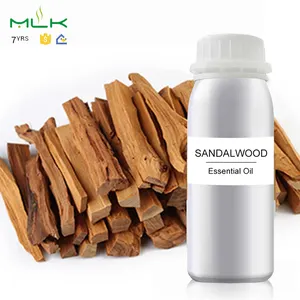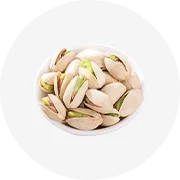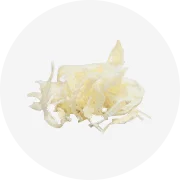

Wholesale Sandalwood Oil Bulk With Best Price


Manufacturer 100% Organic Pure Essential Oil OEM/ODM Natural Aromatherapy 500ml Sandalwood Fragrance Essential Oils For Diffuser
























Sandalwood, known for its aromatic properties and cultural significance, is a valuable resource in various industries. The sandalwood seed, a vital component in the propagation of the Santalum album tree, serves as the starting point for cultivating this precious plant. This introduction delves into the multifaceted nature of sandalwood seeds, highlighting their applications and the intricacies of their cultivation.
Sandalwood seeds, including white sandalwood seeds and red sandalwood seeds, are sought after for their diverse uses. While white chandan seed is predominantly used for its aromatic wood and oil, red chandan seed finds its place in traditional medicine and dye production. Beyond their primary uses, these seeds are integral in chandan planting programs aimed at sustainable forestry and conservation efforts.
The sandalwood tree seed is characterized by its hard exterior, which encases the potential for a slow-growing, but highly valuable, tree. The seeds vary in size and shape, but typically share a uniformity in color that is indicative of their species—be it the red sandalwood tree seed or its white counterpart. Materially, these seeds contain the genetic blueprint for a tree renowned for its fragrant heartwood and oil.
Cultivating sandalwood seedlings offers numerous environmental and economic benefits. The trees play a role in agroforestry systems and contribute to the biodiversity of the regions they are planted in. Additionally, the cultivation process, which includes sandalwood seed germination, is a meticulous one that, when done correctly, can yield a high-value crop over time, providing a sustainable income source for growers.
Germination is a critical phase in the life cycle of a sandalwood tree. The process of sandalwood seed germination requires specific conditions to ensure the successful growth of the seedlings. Factors such as temperature, moisture, and soil composition are carefully managed to optimize the development of the seeds into healthy young plants, ready for transplantation into the field.
For those interested in sandalwood cultivation, selecting the appropriate seed is paramount. Factors such as the adenanthera pavonina seeds for ornamental purposes or the lal chandan seed for red sandalwood cultivation are considerations that must be tailored to the grower's specific goals and environmental conditions. It is essential to source seeds from reliable suppliers on Alibaba.com to ensure the best start for the cultivation journey.